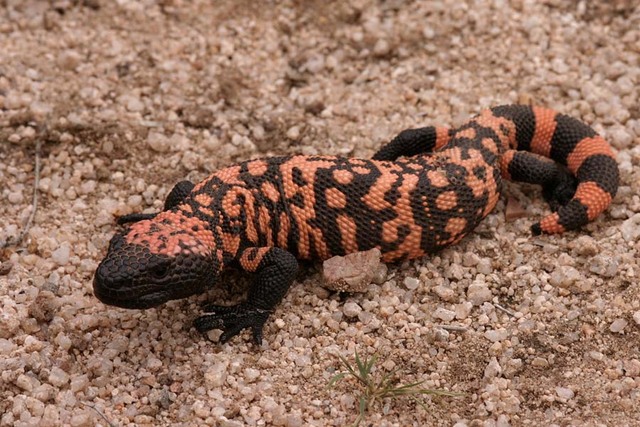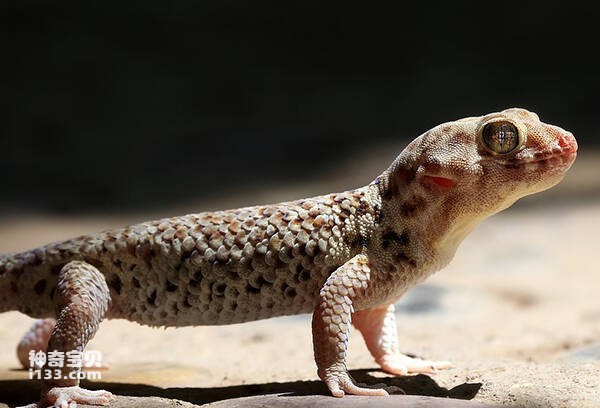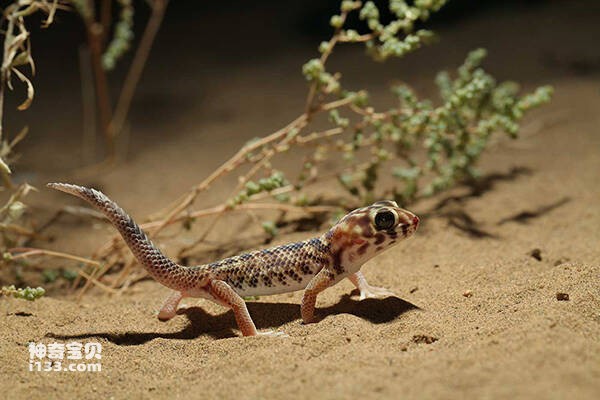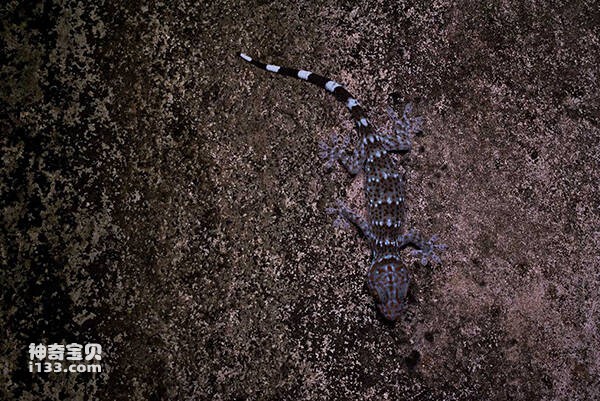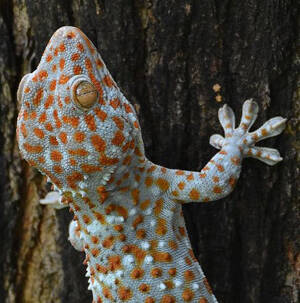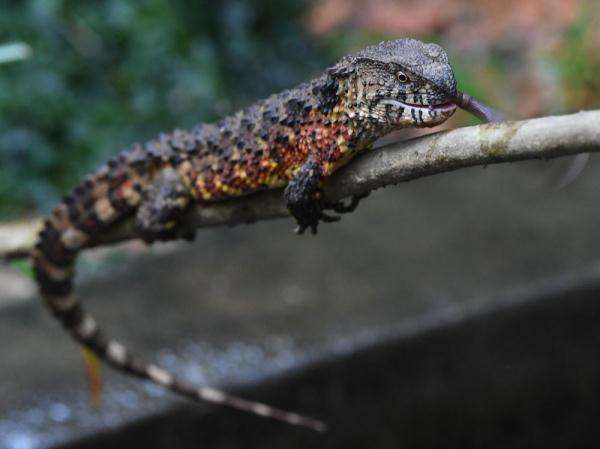Shinisaurus crocodilurus
IUCN
LCBasic Information
Scientific classification
- name:Shinisaurus crocodilurus
- Scientific Name:Crocodile lizard, water gecko, Yaoshan crocodile lizard, big sleeping snake, wood sleeping fish, drowned dog
- Outline:Lizardia
- Family:Squamata Shinisauridae Shinisaurus
Vital signs
- length:15-35 cm
- Weight:50-100g
- lifetime:20 year
Feature
It looks very much like the Chinese alligator, so it is called the crocodile lizard.
Distribution and Habitat
Distributed in China (probably extinct in Guangdong, Guangxi, and Hunan) and Vietnam.
It is a species endemic to China, and its geographical distribution is extremely special. China has recently found crocodile lizards near Guposhan in Lisong Township, Hezhou City, Jiulong Township, Beituo Township in Zhaoping, and some gullies of Pingzhu, Luolian, Luodan, Luoxiang, and Qiongwu Brigade in Luoxiang Township, Jinxiu Yao Autonomous County, and Luokeng Town, Qujiang, Shaoguan, Guangdong. The crocodile lizards found in Dayao Mountain, Guangxi are also known as Yaoshan crocodile lizards.
Crocodile lizards are endemic to China and neighboring Vietnam. Eight subpopulations are known to exist in China, from Guangxi Province (Guiping County, Hezhou County, Jinxiu County, Zhaoping County, and Mengshan County) and Luokeng Nature Reserve in Guangdong (Qujiang County). The distance between regions in China is 10 kilometers or more. The crocodile lizard may have become extinct from the other fi
Appearance
The whole body of the crocodile lizard is olive brown, lighter on the sides, stained with pink or orange and mixed with black spots. There are dark horizontal stripes from the back to the end of the tail, and the belly is milky white with pink or orange edges. The front of the head is pointed, the back is square, slightly quadrangular, the top is flat, and covered with inconspicuous fine scales. The scales near the snout are larger. There is a clear milky white dot in the center of the top of the skull, called the cranial eye. The mouth is wide, with a tongue, a pair of internal nostrils, and a larynx in the pharynx. The edges of the jaws are densely covered with fine teeth of the same type. The tongue is fleshy and very thick, with a black tip and a shallow fork shape. The eyes are medium-sized, the pupils are round, and there are golden circles around the holes. There are also movable upper and lower eyelids and transparent nictitating membranes. Behind the eyes, in front of the neck
Details
Between 1928 and 1929, the biology department of Sun Yat-sen University went to Dayao Mountain in Guangxi, China, and collected 28 reptiles that looked like lizards but had tails like crocodiles in Qiongwu Village, Luoxiang Township, Jinxiu County, Guangxi. No. 2 of them was sent to the Zoological Museum in Berlin, Germany, and was published as a new family, new genus, and new species by German Ernst Ahl in 1930. The Latin scientific name is "Shinisaurus crocodilurus Ahl, 1930". The genus name is composed of the two words Shin and saurus. Shin is the surname of Professor S.S.Sin, the leader of the field work at that time, and saurus is a lizard, which means respect for Professor S.S.Sin. The species name crocodilurus is named after the crocodile-like appearance of this lizard. Since the crocodile lizard living in China was found in Yao Mountain, it is often referred to as "Yao Mountain Crocodile Lizard" in the future.
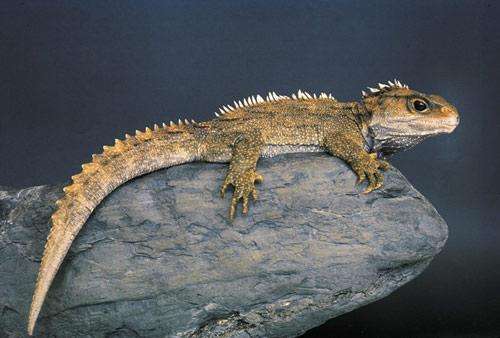
Crocodile lizards are naturally inactive, and locals like to call them "big sleeping snakes". They can survive without food or water for a month.
The first quantitative survey of this species was conducted in 1978 (Zeng and Zhang 2004), and the total known population was estimated to be 6,000. In 2008, a total of 950 animals were estimated in China, including two sites that were not surveyed in 1978. The largest subpopulation is estimated to contain no more than 350 individuals, and the smallest is estimated to contain only 10 individuals. Due to the variable distribution of the species, its reliance on specific and unevenly distributed aquatic habitats, its ability to disperse may be limited, and because the largest Chinese subpopulation is estimated to account for about 36% of the country's total, the global population is considered to be severely fragmented. It is unlikely that the species will recolonize areas where it has been lost, or that the small size of the subpopulation may have led to recent extinction. There is ongoing pressure from both habitat loss and direct hunting, so the decline of the species is believed to be ongoing.
Third, the habitat of crocodile lizards has been severely damaged. Since the late 1950s, due to human activities such as afforestation, reclamation of farmland, and mining, the mountains and forests have been cut down or burned to varying degrees. In some places, the mountains and forests have been almost completely cut down and burned, causing the mountain streams to dry up and the crocodile lizards to lose their habitat. Fourth, the phenomenon of indiscriminate hunting and killing is very serious. Some people go into the mountains to capture a large number of crocodile lizards for export and resale, and some people set up purchasing stations to export crocodile lizards in boxes, about a few hundred each time. The total number of Yaoshan crocodile lizards in the wild is only about 2,500, including 500 in Luoxiang Township of Jinxiu, 1,500 in Beituo Township and Jiulong Township of Zhaoping, and 500 in Lisong Township of Hexian. If effective measures are not taken in time, this rare animal in the world will be in danger of rapid extinction.
Nature Reserves: Guangxi Dayao Mountain, Guangdong Luokeng, Guangdong Linzhouding. In the Guangxi Daguishan Crocodile Lizard National Nature Reserve in my country, more than 500 crocodile lizards live here. These crocodile lizards are "living fossils" that have been passed down from generation to generation in ancient times. Their ancestors were first born 200 million years ago. In the eyes of scientists, the ancient bloodline of crocodile lizards has extremely high research value. They are also called the "giant pandas" of the reptile world.
Listed in the IUCN Red List of Threatened Species in 2014 ver3.1-Endangered (EN).
Listed in Appendix I, II and III of the Convention on International Trade in Endangered Species of Wild Fauna and Flora (CITES) 2019 edition Appendix II.
Listed in the first level of China's National Key Protected Wildlife List (February 1, 2021).
Protect wild animals and stop eating game.
Maintaining ecological balance is everyone's responsibility!

